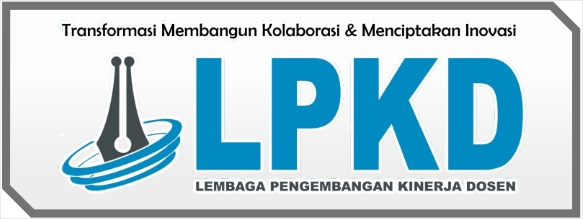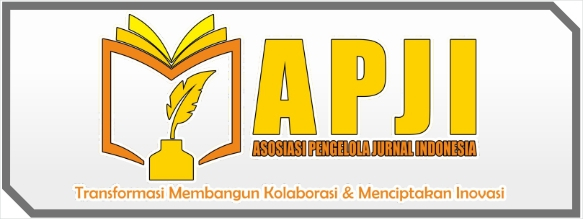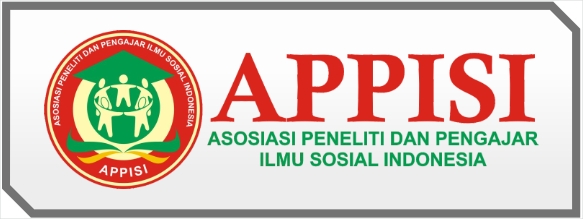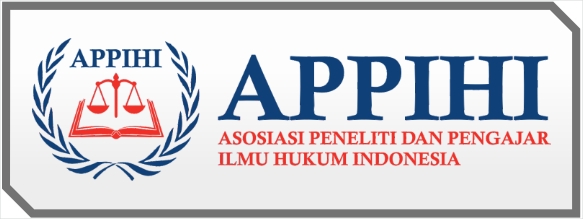Collaborative Governance dalam Penanganan Pelanggaran Kampanye di Provinsi Kepulauan Riau
DOI:
https://doi.org/10.59581/jrp-widyakarya.v1i3.1109Keywords:
Administrative Violation, Campaign, CollaborationAbstract
This research refers to violations during the campaign period, specifically this settlement is regulated in Bawaslu Regulation Number 8 of 2018 concerning settlement of election administrative violations. The problem in implementing the campaign in this study is violations during the campaign. Violations of these rules will be considered criminal offenses and are subject to imprisonment for a maximum of 2 years. The research method used in this research is to use a qualitative descriptive approach with primary and secondary data sources as well as using data collection techniques by observation, interviews, and documentation. The theory in this study refers to Ansell and Gash namely, the results of the research show that in the first indicator, face-to-face dialogue is carried out with coordination meetings at a scheduled time, so that when campaigns reduce violations, fraud, violence and threats in the field. The second indicator of building trust is communication between organizers, supervisors and security personnel, and this is the keyword for successful collaboration. The third indicator is commitment to the process, namely the three parties involved carry out their roles, which means that the parties involved are committed to carrying it out. The fourth indicator in the process of mutual understanding is that the organizers, supervisors and security forces understand each other about the handling of violations during the campaign period. The fifth indicator is that the interim results in collaboration are carried out by the parties continuously trying to fulfill them properly, the interim results produce solutions and hopes from all parties by providing what is best for this country, and the creation of elections that are safe, peaceful and reduce fraud. The conclusion of this study is that the handling of campaign violations in the Riau Archipelago province will continue to be improved and improved and tighten supervision so that unwanted things do not occur and quality elections will be achieved.References
Ansell, C., & Gash, A. (2008). Collaborative governance in theory and practice. Journal of Public Administration Research and Theory, 18(4), 543–571. https://doi.org/10.1093/jopart/mum032
Arrozaaq, D. L. C. (2016). Collaborative Governance (Studi Tentang Kolaborasi Antar Stakeholders Dalam Pengembangan Kawasan Minapolitan di Kabupaten Sidoarjo). Kebijakan Dan Manajemen Publik, 3, 1–13. http://repository.unair.ac.id/67685/
Donahue, J., & zeckhauser, R. (2016). Collaborative governance: Private roles for public goals in turbulent times. In Jurnal Penelitian Pendidikan Guru Sekolah Dasar (Vol. 6, Issue August).
Ellanda, B. (2018). Hubungan kelembagaan Bawaslu dan KPU dalam penyelenggaraan pemilu. Skripsi Universitas Islam Indonesia.
Hawana, A., Kantor, P., & Hasnah, H. (2022). Peran lembaga kpu dan bawaslu dalam mengatasi permasalahan daftar pemilih tetap (dpt) saat pemilihan umum. 18, 102–110.
Moleong, L. (2018). Metode Penelitian Kualitatif. PT Remaja Rosdakarya.
Warjiyati, S. (2020). Penataan Struktur dan Kewenangan Komisi Pemilihan Umum, Badan Pengawas Pemilu dan Dewan Kehormatan Penyelenggara Pemilu dalam Upaya Mewujudkan Pemilihan Umum yang Demokratis di Indonesia. Aristo, 8(1), 24. https://doi.org/10.24269/ars.v8i1.2403
Widodo, H., & Eko, D. (2011). Penataan Kewenangan KPU dan Bawaslu dalam Melakukan Pengawasan dan Menangani Sengketa Proses Pemilu. Perspektif Hukum, 17–38. https://doi.org/10.30649/ph.v21i2.93
Downloads
Published
How to Cite
Issue
Section
License
Copyright (c) 2023 Shine Azizah Heply, Fitri Kurnianingsih, Firman Firman

This work is licensed under a Creative Commons Attribution-ShareAlike 4.0 International License.













